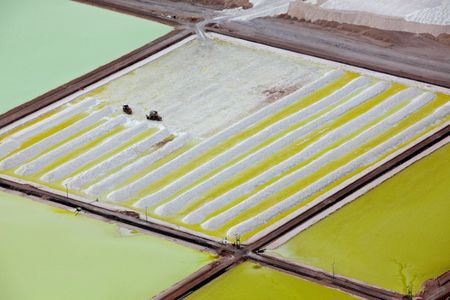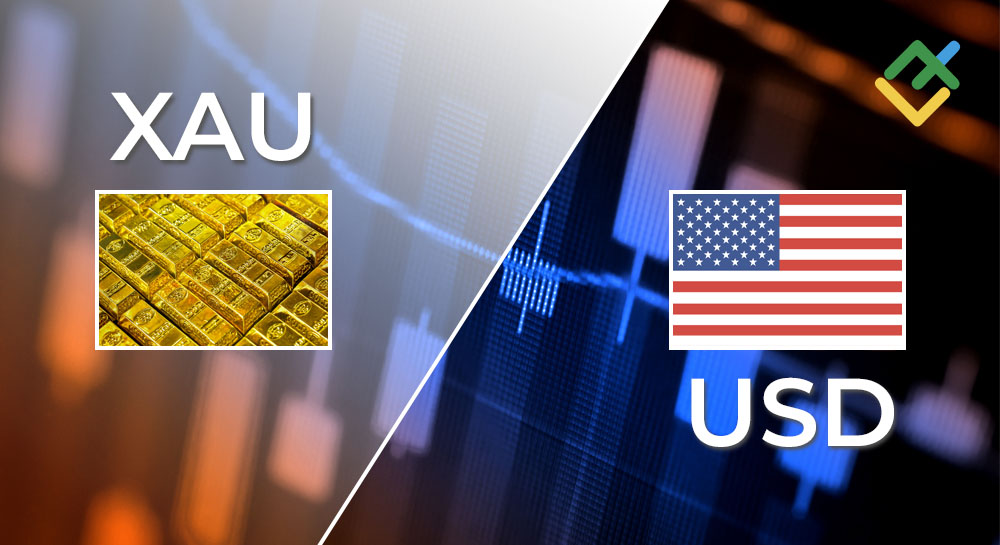
Investing.com — The global lithium market is on the cusp for major shifts, with a new wave of supply entering the market.
Analysts at UBS have identified this “second wave” of lithium supply, driven primarily by emerging sources in Africa and China, as a key factor in reshaping the market’s dynamics.
The emergence of new lithium supply is rapidly becoming a reality rather than a distant prediction.
UBS analysts point to Africa and China as the principal regions contributing to this new supply wave.
“We see volume from the continent (Africa) growing from 0 in 2022 to ~290kt LCE in 2028 before reaching ~10% of global supply,” the analysts said.
This growth positions Africa to account for nearly 10% of global lithium supply by that time. Despite facing logistical challenges, the continent’s lithium resources are increasingly viable.
On the other hand, China is poised to expand its influence in the lithium market considerably. Chinese lepidolite producers and those operating African spodumene assets are emerging as new marginal cost players.
UBS analysts flag that production costs in China are lower than previously anticipated, which could exert downward pressure on global lithium prices. This cost advantage is crucial as it may redefine the pricing floor for lithium on a global scale.
The expected increase in supply from Africa and China has led UBS to adjust its lithium price forecasts downward.
The new supply dynamics suggest a potential oversupply in the market by the mid-2020s, likely resulting in substantial price reductions.
UBS has downgraded its near-term lithium price forecasts by 3-26% for the years 2025-2028. For instance, spodumene prices, currently below $800 per tonne, are now projected to average $750 per tonne in 2025 and $725 per tonne in 2026.
These figures mark a decline compared to previous forecasts and consensus estimates. However, the long-term forecast for lithium carbonate remains stable at $19,000 per tonne, indicating a cautious outlook despite the expected surge in supply.
The influx of new supply is expected to have far-reaching implications for lithium producers and investors. UBS has downgraded its ratings on several lithium equities, reflecting the anticipated impact of lower prices on profitability.
For example, Pilbara Minerals (ASX:PLS) has seen its price target reduced to A$2.00 per share, with UBS maintaining a “sell” rating on the stock.
Similarly, IGO (ASX:IGO) Ltd’s rating has been downgraded from “neutral” to “sell,” with a revised price target of A$4.95 per share.
Going forward, the arrival of a second wave of lithium supply from Africa and China is set to transform the global lithium market.
While this new influx of supply could address some of the concerns about meeting future demand—particularly from the electric vehicle sector—it also poses challenges for existing producers, who may face tighter margins and increased competition.
UBS advises that the market should prepare for potential price volatility and lower returns for lithium producers. The entry of new, lower-cost suppliers is expected to prompt a market recalibration, with profound long-term effects on both pricing and supply dynamics.
This post is originally published on INVESTING.



